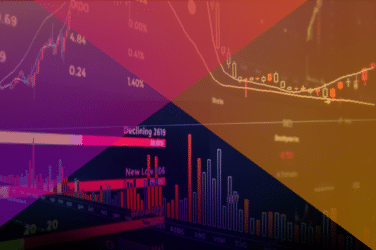Sonali Das Theisen is head of market structure and data science for global credit markets at Citi.
What changes do you expect to see in regards to the corporate bond market in 2017?
There have been many initiatives in the corporate bond market over the last decade, brought on both by organic evolution and by market- and regulatory forces. In recent years, most of the efforts to increase efficiency have focused on e-trading protocols and post-trade reporting. Next year seems poised to be the year that data could take center stage. Specifically, real changes to the “search process” in corporate bonds could be on the horizon, underpinned by significant advances on the data frontier.
Some valuable lessons were learned along the course of e-trading experimentation: reliable and symmetric data is a prerequisite for any trading model; the data generated in the quote-driven corporate bond market is fundamentally different from order-driven markets like equities; and until recently, credit market participants have allowed issues relating to data—ownership, dissemination, quality control, and analysis to name a few—to take a back seat to other priorities.

Sonali Das Theisen, Citi
These realizations are now driving a change in mindset and a flurry of new initiatives. Holistic data strategies are now a key focus for many corporate bond holders, who are increasingly coming to the conclusion that good data analysis is critical to success in this return-challenged environment. A lot of the work is already underway. Direct dealer-to-client connectivity, integration with order management systems, and industry-wide efforts to standardize and secure the way data is disseminated were all headline initiatives in 2016. Progress on all of these fronts has been incremental, but it takes time to change an ecosystem. That said, there may well be an inflection point by the end of 2017 where it becomes significantly easier to “wade through” corporate bond data to identify bonds or market participants of interest.
In order to reach this inflection point, (at least) three self-reinforcing changes are required: cleaner, more standardized pre- and post-trade data that can be easily joined with other data sets and more robust permissioning and clearer contractual rights to access proprietary data. These two points together then lead the way toward an increased ability to utilize predictive analytics, such as propensity models, as tools to both help source liquidity and manage risk. As data sets become cleaner, larger, and accessible under mutually agreed terms, dealers and investors alike are able to become more targeted in their engagement with each other. Advances in data strategies in 2017 could allow the corporate bond market to leverage technology to further promote a “hybrid” trading model—one where humans are still very much needed, but are informed in their decision-making by objective, reliable data on a scale not yet seen.





